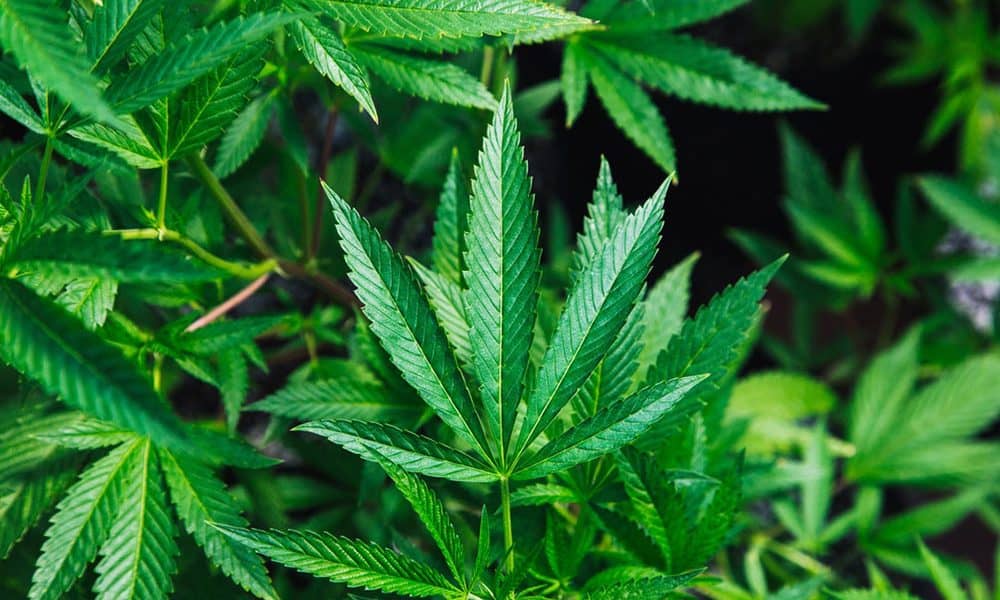Are you in the process of recovery?
Whether you’re recovering from drugs or alcohol, you know firsthand just how challenging the entire process can be. On top of the common challenges that accompany recovery, it can be easy to isolate yourself and feel alone in your struggles.
However, studies have found that more Americans than you might initially think have experienced recovery. In fact, 1 in 10 American adults has been in recovery from drug or alcohol addiction at one point in their lives.
Of these adults, the large majority have struggled with how to deal with difficult people during their recovery. If you find yourself nodding your head, you’re going to want to read this.
We’re uncovering seven proven methods for dealing with the difficult people that may present themselves during your recovery. Not only are these positive tips for life in general, but they’re also bound to help your overall recovery.
1. Modify Your Behavior
In dealing with difficult people, it’s important to remember that you cannot always modify someone else’s behavior.
Even if you feel strongly that their behavior is generally wrong, this doesn’t always translate to them understanding this notion. As a result, it’s likely that their patterns of bad behavior will continue and are unlikely to change.
Rather than focusing on how you can alter their behavior, try shifting your focus to how you can respond to their behavior. This is going to help give you control of the situation and minimize the negative effect that their behavior has on you.
2. Attempt to Understand Their Actions
When this person is showcasing their utmost difficulty, remember that you may be unaware of the current demons they’re facing. These struggles and hardships more than likely have a significant influence on their actions and presence.
It may also be helpful to remind yourself that you, too, may have been difficult at one point throughout your addiction. Before overcoming an addiction, it’s only natural for an addict to experience a range of emotions that lead to difficulty.
Do your best to understand why they may be acting out and appearing difficult. When you put yourself into their shoes, you’ll more than likely gain an appreciation for why they’re projecting themselves in such a poor manner.
3. Have Honest Conversations
When all else fails, why not be upfront and open with this person about how you’re feeling?
Allowing yourself to be honest with this person will provide them with valuable insight as to your thoughts and feelings. From their perspective, it may be surprising to them that you’re struggling with their actions. With this, it’s always possible that they may alter their behavior for the better.
Remember, difficult people, are not always aware as to how their actions impact others. While they may be experiencing struggle on the inside, they’re not always aware that this is being reflected on the outside.
4. Create Boundaries
It may be time to create a physical boundary between yourself and the difficult people in your life.
While this may be a difficult choice, it’s important to remember that boundaries can be very healthy for both parties. If you truly feel that the person nor their actions cannot be corrected, it may be time to slowly distance yourself from that person.
Remember, boundaries don’t have to be lifelong and can instead be temporary. So, this doesn’t mean that your relationship has to come to an official end. Rather, this means that you are taking a break from having this person in your life during the recovery process.
5. Remove Yourself from Toxic Relationships
Of course, not all relationships with difficult people are salvageable or worth saving. Before making any rash decisions, it’s essential to differentiate which relationships are too negative and unhealthy to continue.
If you truly feel that the difficult people in your life are toxic, it might be time to officially cut your ties to this person. While relationships in life are arguably one of the most rewarding and important facets of life, this isn’t the case for each and every relationship.
6. Reach out for Support
There comes a time and place where not all relationships can be saved nor abandoned. For many addicts in recovery, this will come in terms of dealing with a difficult family member such as a parent or a sibling.
While this relationship may feel toxic, it may also feel impossible to remove yourself from such a relationship. This is where it becomes crucial to enlist the help of others in dealing with this person.
This may come in terms of speaking to mutual connections as well as speaking with a therapist or your sponsor. Having honest conversations and allowing for the perspective of others can provide you with the tools necessary for tolerating this person.
7. Give Second Chances
Last but not least, it’s important to remind yourself that some people deserve to be given a second chance.
Remember that the majority of addicts are given a second chance at both life and in their relationships during recovery. Think back to the forgiveness that friends and family paid to you when you were suffering from your addiction.
When you extend your forgiveness to a difficult person in your life, it can help to foster an entirely new relationship. This new relationship can be a second chance at developing a more healthy and positive relationship with that person.
How to Deal with Difficult People During Recovery
Today, nearly 21 million American adults suffer from some form of substance addiction. In an attempt to lead a sober lifestyle, many of these adults will find themselves facing the bumpy road of recovery at some point.
While you may control your own actions in recovery, you may not always control the actions of those around you. When this takes place, you may find yourself wondering how to deal with difficult people that are present throughout your recovery.
Fortunately, these tips will help to provide guidance on how to overcome these difficulties and focus on your recovery. This may be anything from modifying your own behavior and attempting to understand the behavior of others to removing yourself from toxic relationships and establishing boundaries.
If you feel that yourself or a loved one may be facing addiction issues, be sure to contact us today. With a simple phone call, we can discuss the many options that are available to help today.
References
Chan, A. L. (2012, March 07). The Shocking Number Of Americans Who’ve Recovered From Substance Abuse. Retrieved from https://www.huffingtonpost.ca/2012/03/07/addiction-recovery-america-drugs-alcohol_n_1327344.html
Hafner, J. (2016, November 17). Surgeon general: 1 in 7 in USA will face substance addiction. Retrieved from https://www.usatoday.com/story/news/nation-now/2016/11/17/surgeon-general-1-7-us-face-substance-addiction/93993474/









